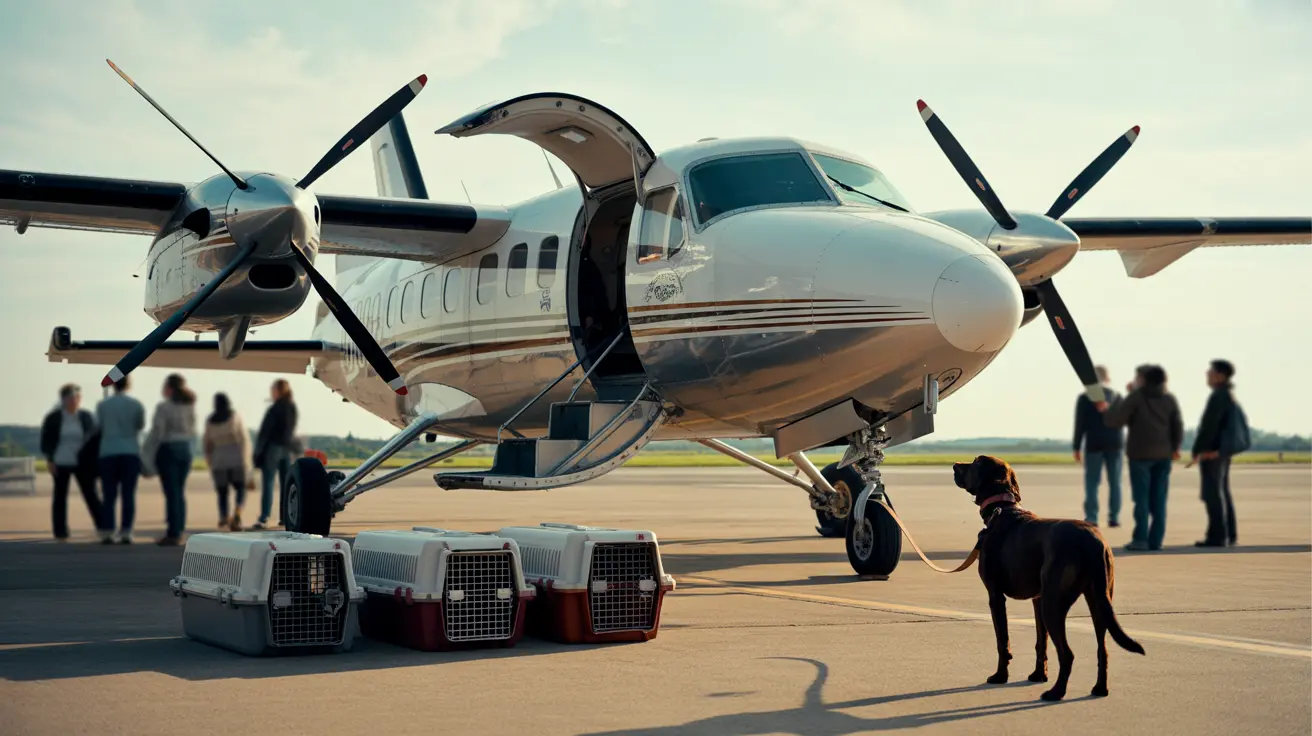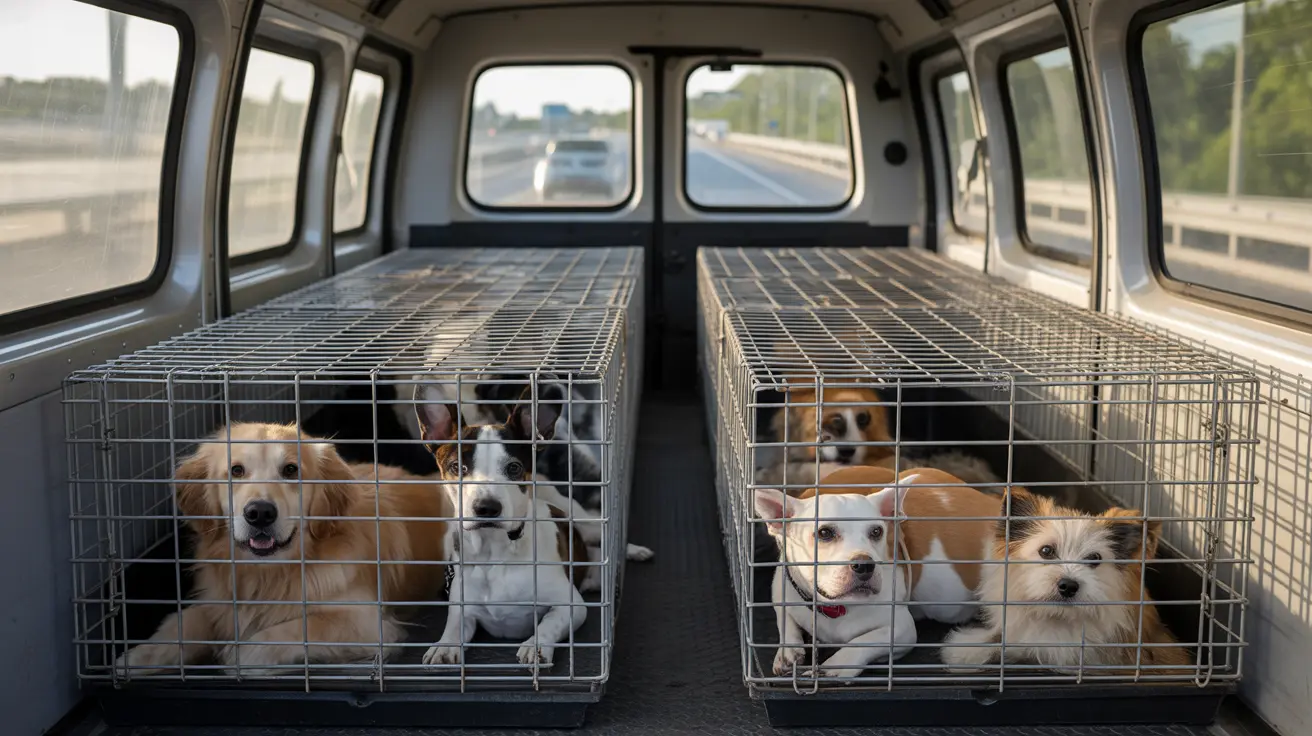Why Do Dogs Get Into Cat Litter and How To Stop It
Dogs rummaging through cat litter boxes is a common and problematic behavior in multi-pet households. While it may seem gross to us, there are practical reasons why dogs are attracted to litter pans and effective ways to stop this habit.
Why Are Dogs Attracted to Cat Litter?
Dogs are natural
scavengers. Their sensitive noses detect enticing odors from cat feces, which contains leftover proteins and nutrients. To some dogs, this is an irresistible treat.
Reasons for this behavior include:
- Scavenging instinct – Dogs are hardwired to seek out any available food source.
- Strong scent of feline waste, which smells appealing to dogs.
- Curiosity – Especially in puppies, curiosity leads them to explore and taste unfamiliar substances.
- Behavioral reinforcement – If they do it once and enjoy it, they’ll likely repeat it.
Health Risks for Dogs Eating Cat Litter
While common, this habit is harmful. Consuming cat litter and feces can expose dogs to
bacteria and
parasites such as:
- Salmonella
- Roundworms
- Toxoplasma
Ingesting clumping litter can lead to intestinal blockages. Other symptoms include:
- Vomiting
- Diarrhea
- Loss of appetite
- Constipation
- Lethargy
- Bad breath
If any of these occur, consult a veterinarian immediately.
How to Prevent Dogs from Accessing Cat Litter
Several practical measures can help minimize or eliminate the problem:
1. Secure the Litter Box Location
Place the litter pan in an area inaccessible to dogs but still comfortable for cats:
- Use baby gates or pet gates with small openings.
- Install a latch or door prop that allows the door to stay partially open.
- Position the box in a closet or behind furniture.
- Use a cat door or microchip-activated door.
2. Use DIY Litter Box Enclosures
For large cats and determined dogs, a homemade litter box setup is often best.
One effective DIY design includes:
- A 30-gallon crate and an 18-gallon crate nested inside.
- Adjustable-sized doors (e.g., 5.5” x 8.5”) to fit the cat but block dogs.
- A false floor created with wood and screws to anchor the inner pan.
- A small mat or carpet for comfort and cleanliness.
This design creates a foyer area that blocks dog access and keeps litter contained.
3. Invest in Furniture or Specialized Litter Boxes
Litter box furniture with built-in barriers or segmented interiors can protect against dog incursions. Options include:
- Side-entry litter boxes
- Litter box cabinets
- High-sided containers with offset openings
Be cautious: many cats dislike enclosed spaces due to stress or limited escape routes. Cats with mobility issues may also struggle with high-sided boxes.
4. Train Your Dog
While not foolproof, dogs can learn commands to avoid the litter box.
- Use positive reinforcement and teach “leave it.”
- Supervise your dog until the habit fades.
This is often less reliable when the dog is unsupervised.
5. Maintain Cleanliness
Always keep the litter box clean. The quicker you remove waste, the less accessible it becomes to your dog. A clean litter box also benefits the cat, who may stop using it if it's dirty.
What If a Dog Eats Cat Poop?
If your dog ingests cat litter:
- Monitor for signs of illness immediately.
- Seek vet advice if symptoms appear.
- Discuss with your vet about deworming or testing if it happens regularly.
Consider the Cat’s Comfort Too
Movement and changes to the litter box setup can confuse or upset your feline. Ensure:
- The box remains private, safe, and easy for the cat to access.
- Introduce changes gradually to avoid litter box aversion.
- Allow multiple escape routes in the litter area for a sense of security.
Final Thoughts
Dogs rummaging through litter is unpleasant, but manageable. With a combination of litter box accessibility, barriers, training, and hygiene, you can protect both pets. Always consult a vet if you suspect health issues from ingestion. A harmonious cat-dog household is achievable through thoughtful setup and behavior management.





